The Lord of the Rings is, to this day, one of the most popular and successful movie trilogies of all time, because of its themes of love, loyalty, and courage. The original J.R.R. Tolkien books, published in 1954, paved the way for an entire genre of fantasy writing that had never before been seen in the popular sphere of public fiction.
There are many differences between the original writings, and the movies produced by Peter Jackson in 2001-2003, and this is often one of the biggest criticisms of the motion pictures. But there are definitely ways in which the books would have been impossible to adapt without editing, and some of these even led to some arguably more successful, powerful and incredibly memorable moments. Here are 5 scenes that the movies did better than the books:
The Journey to Rivendell
In Tolkien’s original books, the paths taken to the elven kingdom of Rivendell are not as straightforward as Peter Jackson made them out to be in the films. There are entire chapters in which the hobbits become entangled with enemies of the Old Forest, nearly get captured and killed by Barrow-wights in the hills surrounding Bree, and have to be rescued by the mysterious and magical Tom Bombadil. Although these events add richness and color in the books, in many ways they actually distract from the story, and Jackson’s decision to keep the journey to Rivendell narrative driven actually cuts out a lot of unnecessary jargon that can feel like it weighs down the written version.
The Juxtaposition of the Two Towers
One of the reasons why the books were considered too difficult to adapt into movies for a long time, was because the storylines were entirely split into two separate narratives, one of Frodo Sam and Gollum traveling to Mordor, and one of Legolas, Gimli and Aragorn who choose to follow Merry and Pippin. By amalgamating these scenes into one movie, and running the two storylines parallel to one another, Peter Jackson managed to make every scene more emotive, more powerful, and more relevant.
It is easier to understand some of the decisions made, and the actions taken, by the members of the fellowship, when they are compared to the grueling and hopeless situation of the hobbits in Mordor, because it reminds the audience what the fellowship is fighting for. For example, what did the Battle of the Black Gates aim to achieve? On its own, it appears like needless and futile bloodshed, but when shown at the same time as Sam and Frodo desperately crawling to the edges of Mount Doom, it suddenly has an extraordinary purpose.
The March of the Ents
The March of the Ents, during which Treebeard leads his brothers in a last heroic stand against the fires of Isengard, has got to be one of the most emotionally swelling and majestic scenes in cinematic history. The decision to fight comes about rather organically in the books, and is revealed nonchalantly at the end of the Entmoot, but in the movies, it happens because Merry and Pippin instigate it.
Merry’s fury at the decision not to protect their world, and Pippin’s clever plan to lead the ents towards the devastating evidence of deforestation around Saruman’s obsidian tower, is a clever tool used by Jackson to both make Merry and Pippin true heroes in the story, and also to highlight need for every single character to play their part in the fight against evil.
Arwen Rescuing Frodo
It is easy to say that one of the biggest weaknesses in Tolkien’s writing is his portrayal of women. The books are, of course, a product of the time in which they were written, when women didn’t have great roles to play in the epic battles of the world. There are undoubtedly ways in which the trilogy has aged badly, and its representation of women is undisputedly one of them. Thus, Peter Jackson’s decision to strengthen the character of Arwen and bring her into the main narrative could only be considered an asset.
Not only does it make the love story between her and Aragorn more poignant and more essential to the story (rather than waylaying it to the appendices as is the case in Tolkien’s books), it also gives Arwen the scene in which she rescues Frodo at the Ford of Bruinen, by summoning the power of her people. This scene in which she is chased through the forest by the nine wraiths, and challenges them openly to come and claim Frodo from her, has got to be one of the tensest and most visually beautiful in the whole trilogy. In the books, Frodo is taken across the river by an elf named Glorfindel, who then disappears and is neer mentioned in the rest of the story.
Boromir's death
In the movies, Boromir is actually the most compassionate member of the fellowship. He is portrayed completely differently than his cold, proud, and almost ruthless counterpart in Tolkine’s books. Jackson’s decision to make the character more sympathetic makes sense in many ways, as it explains why he would be allowed to join the quest in the first place, why he would so bravely give his life for Merry and Pippin when the time comes, and why his brother Faramir was such a good-hearted and noble person.
The extended edition scene that changes Boromir’s character completely is that in which his father Denethor essentially blackmails him into taking the ring and bringing it to Gondor, which gives real depth and layers to why Boromir’s character so easily succumbs to the ring’s allure and the pressure that he feels to protect and uphold his failing kingdom. It also makes the scene in which he dies, and calls Aragorn “my brother, my captain, my king” so beautifully tragic.

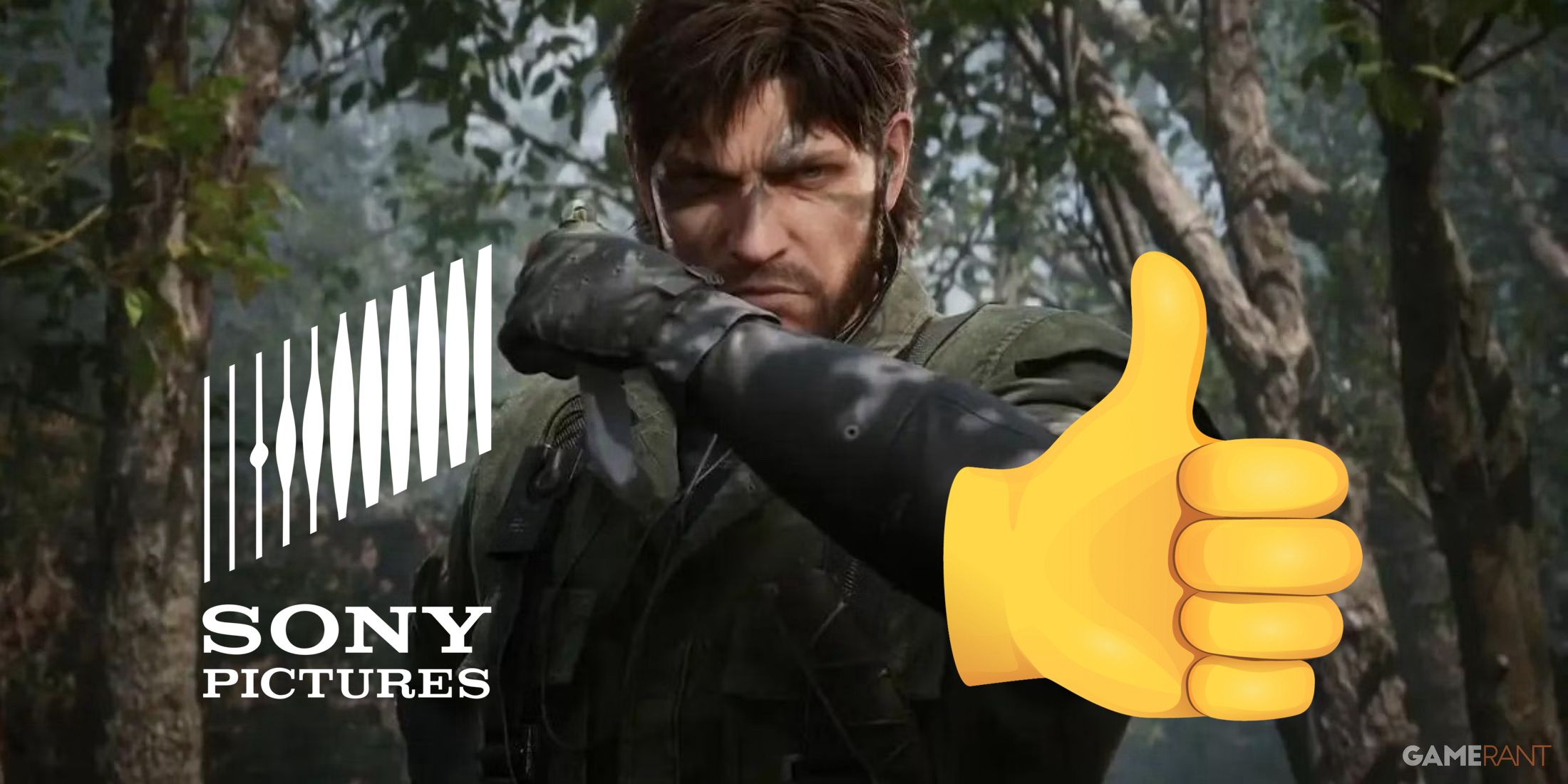
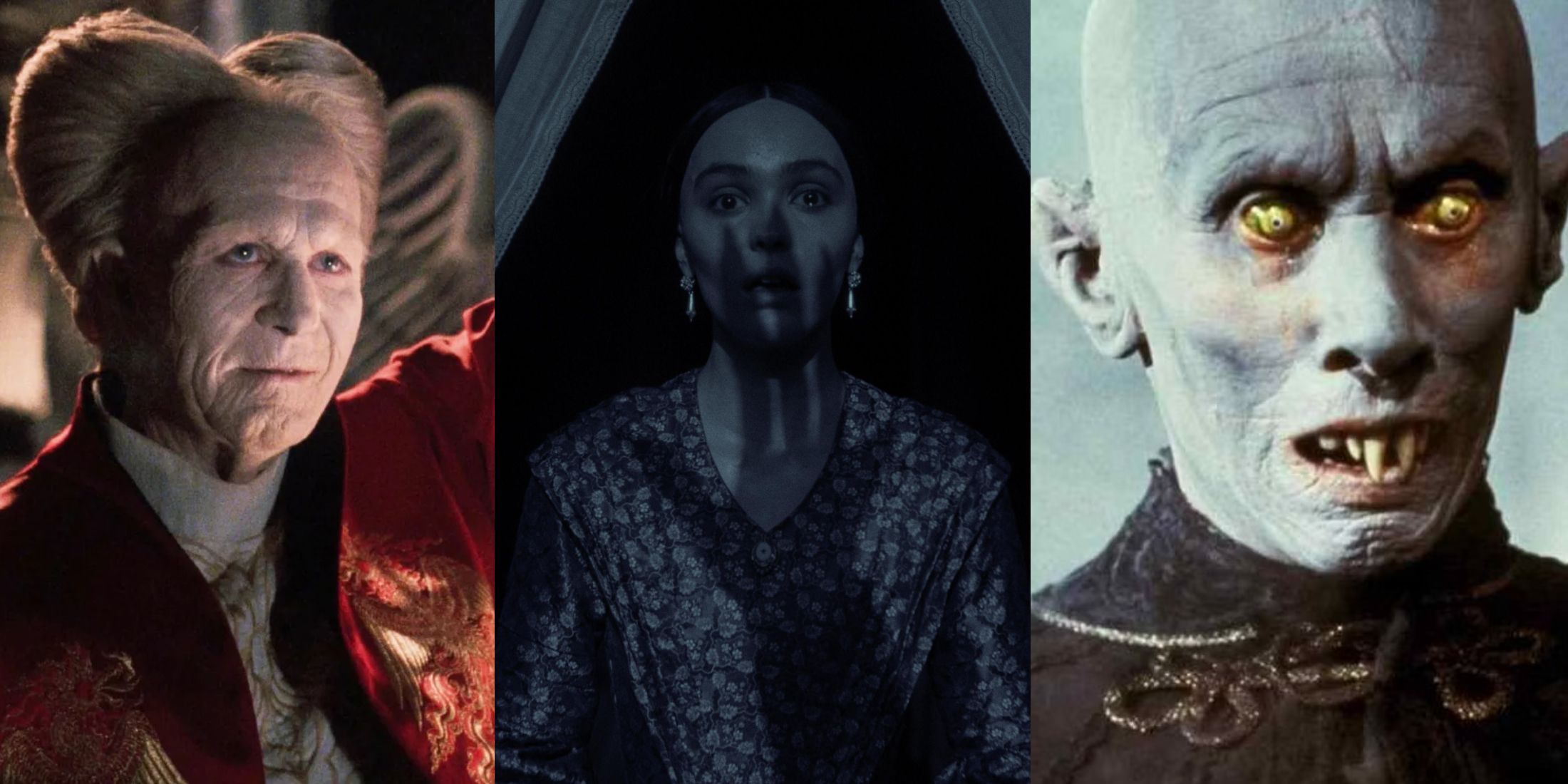

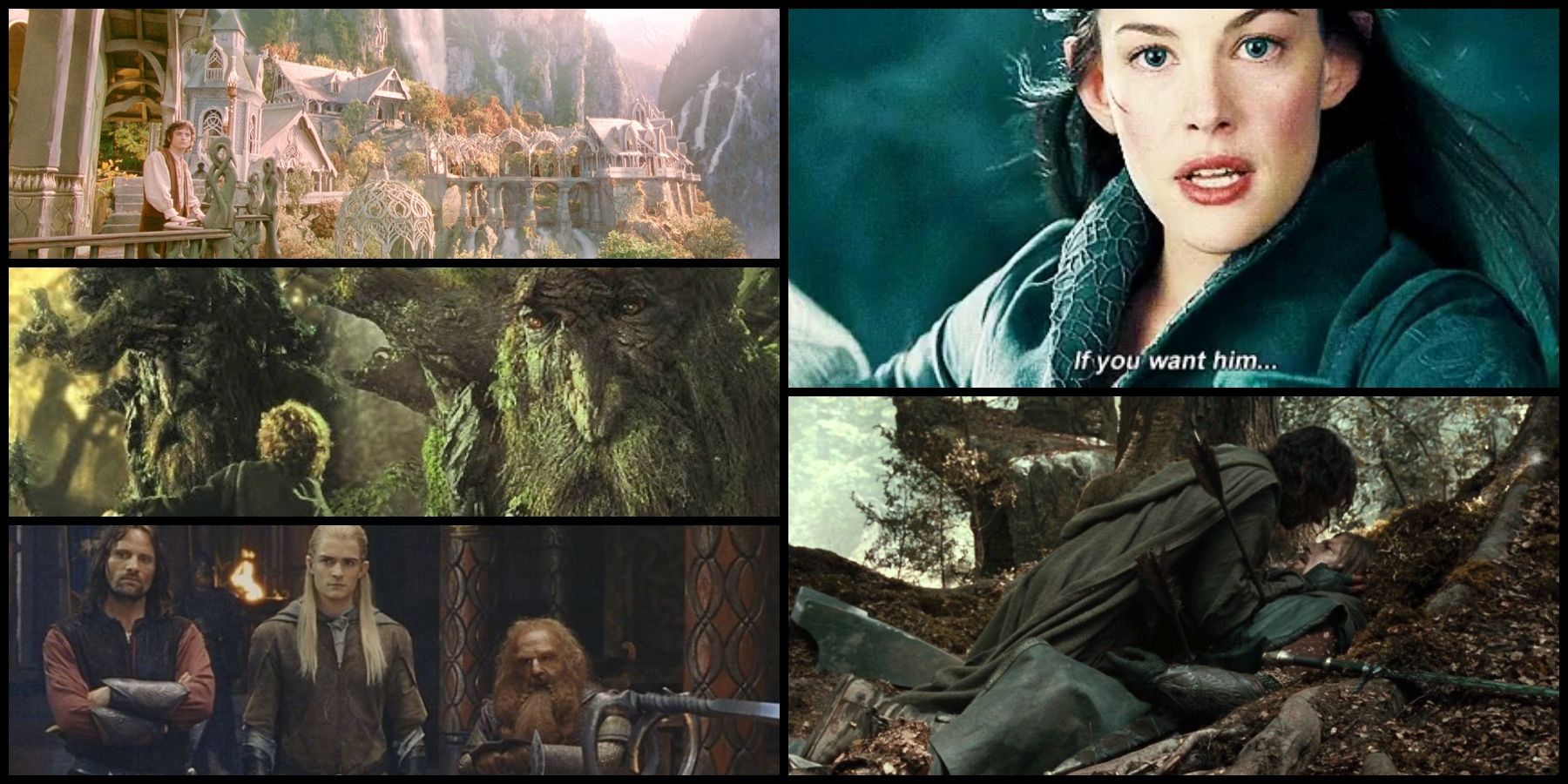
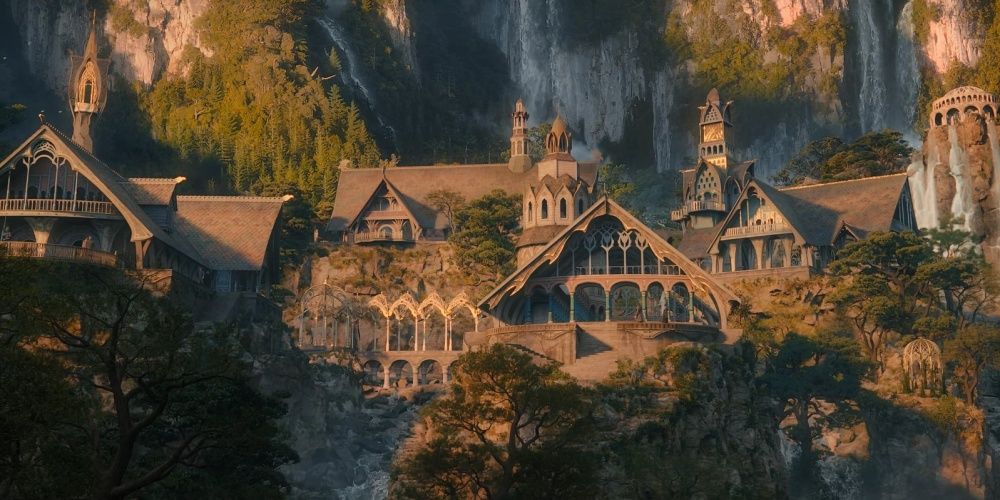
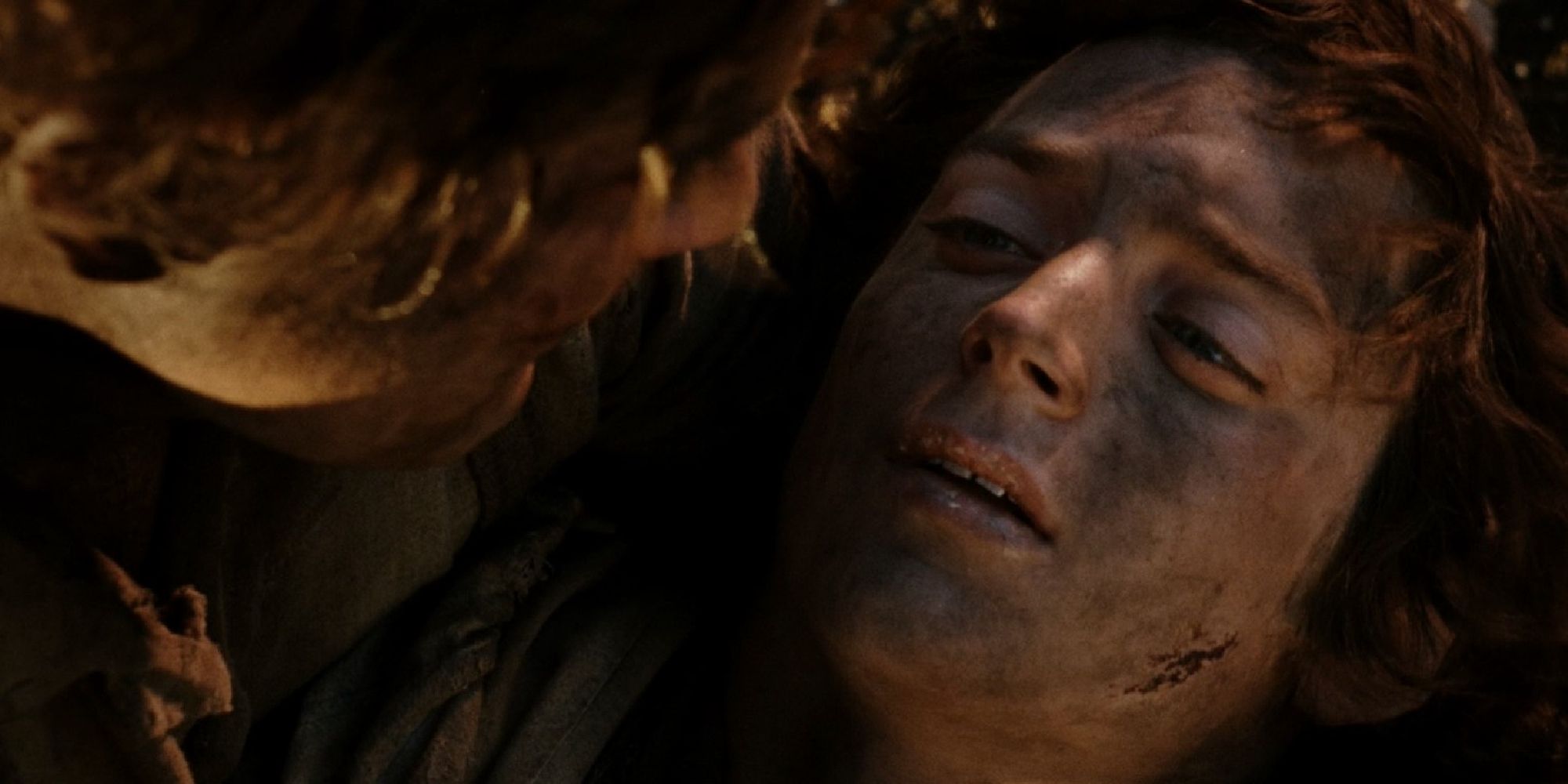
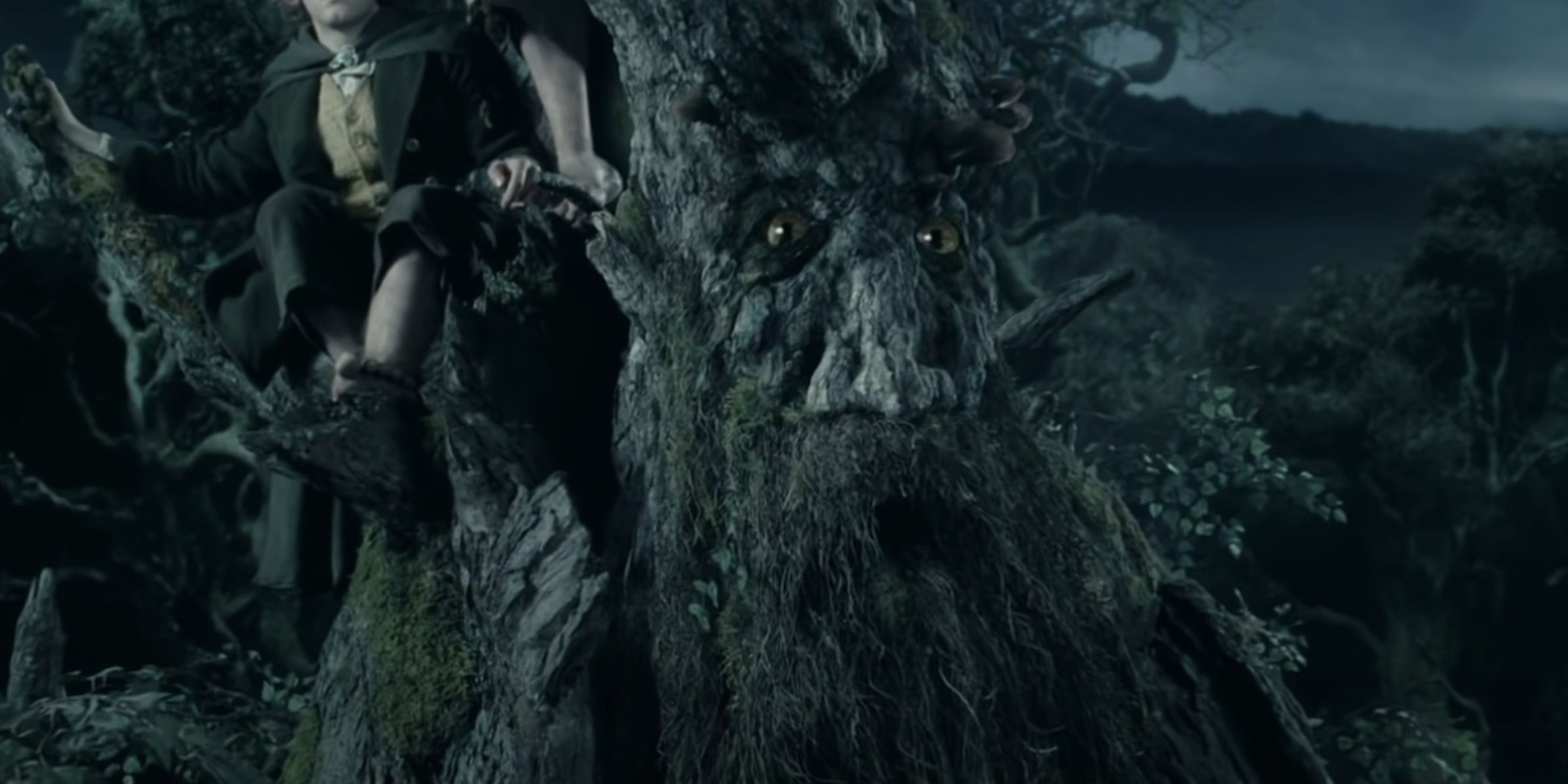
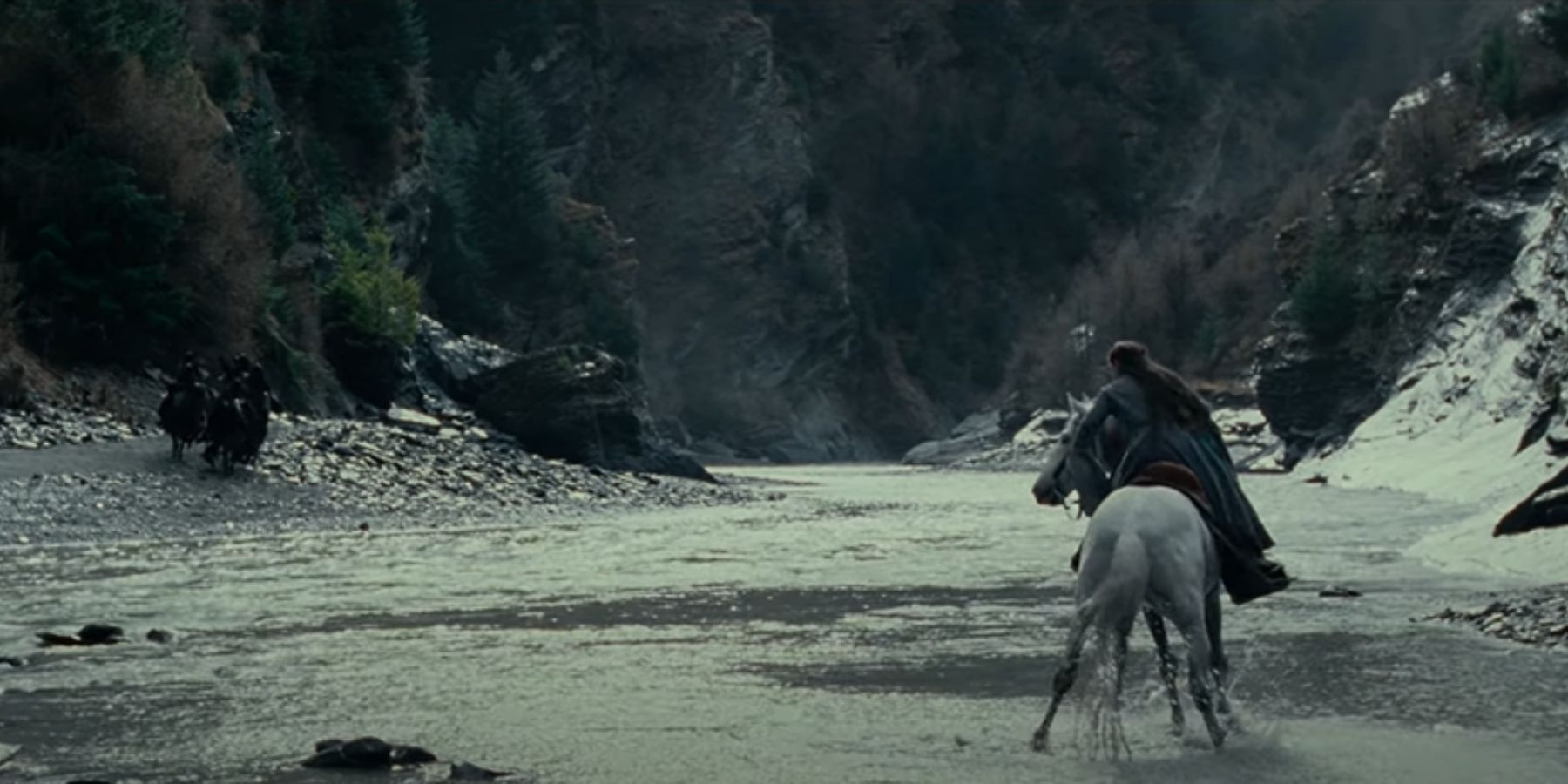
.jpg)